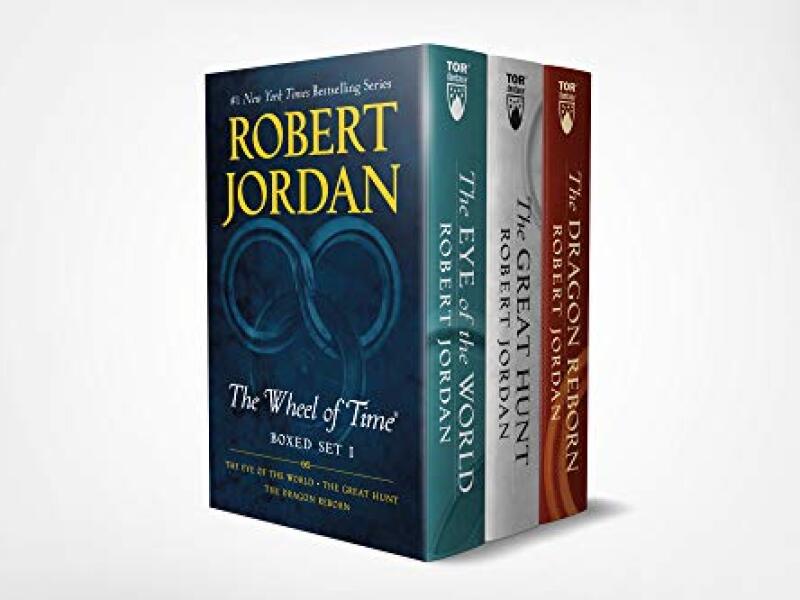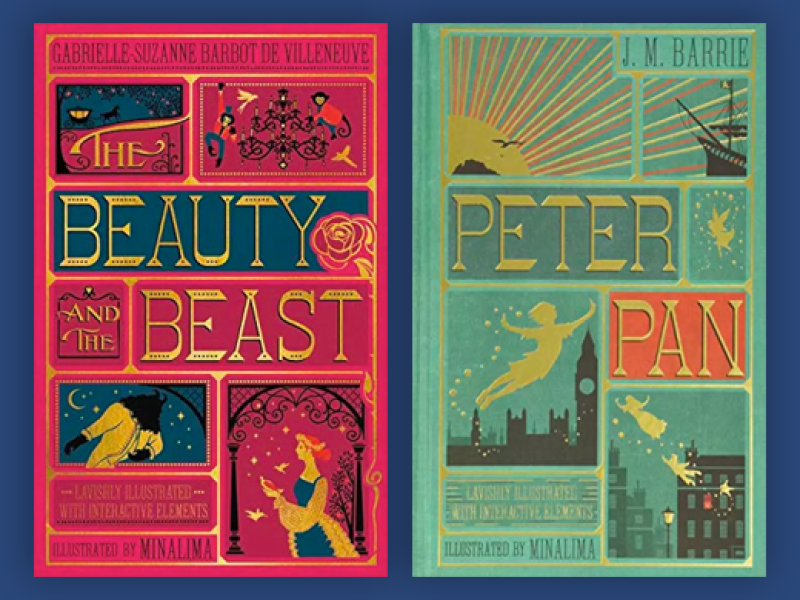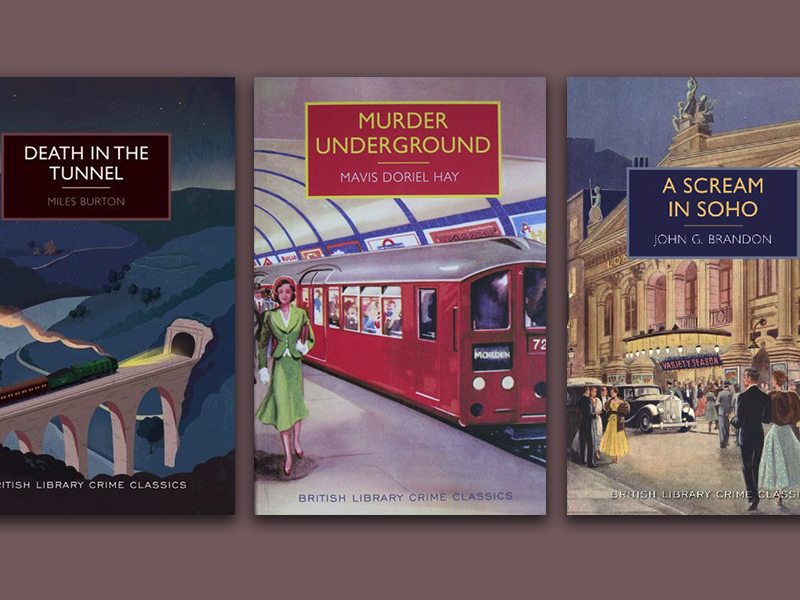In many ways, our childhood defines the rest of our life. Books about childhoods shattered by pain and suffering – both fiction and non–fiction – are commonplace today but they have a long history dating back to the English tale of the Babes in the Wood in the 16th century. Some like Oliver Twist and Anne Frank's Diary illustrate a period of history, while others, such as Lord of the Flies and I Know Why The Caged Bird Sings, have become deeply symbolic.
Many of the real-life stories are intensely painful to read because war, violence, poverty or abuse in the home turns childhood into a battle for survival. And then novels – such as The Wasp Factory, Flowers in the Atticand The Cement Garden – have been criticised almost as much as they have been praised because they challenge taboos about how youngsters should behave.
Enjoy, or perhaps it should be endure, our selection of 20 books (in chronological order) about shattered childhoods.


